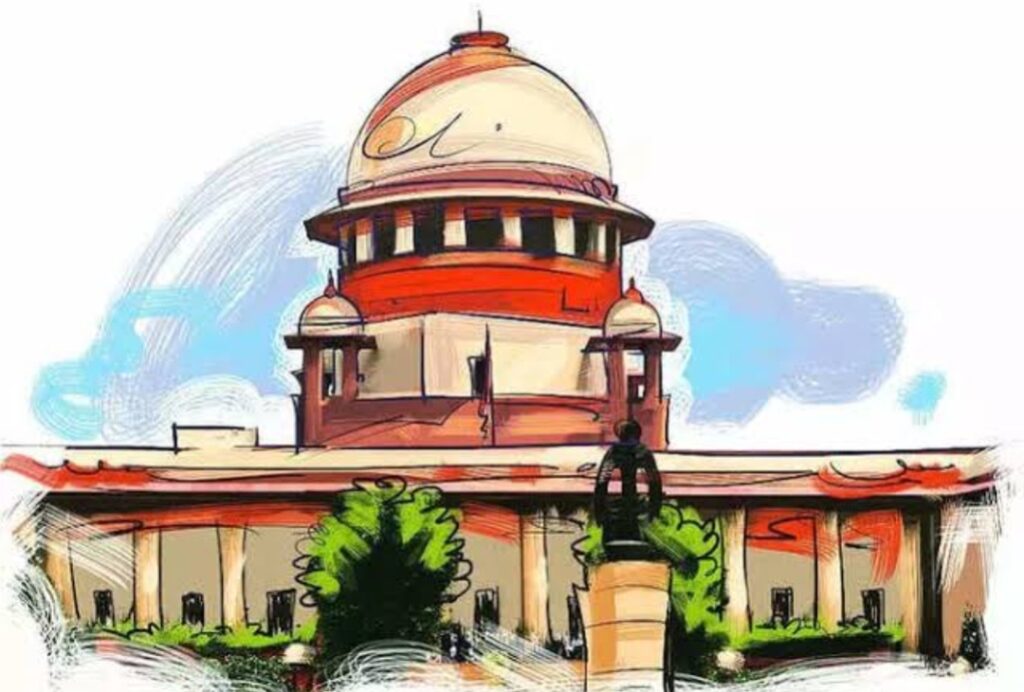The Supreme Court quashed the FIR, terming the allegations baseless and an abuse of the legal process.
The Supreme Court has set aside an FIR against a former Assistant Excise Commissioner of Uttar Pradesh, accused of holding disproportionate assets (DA) under the Prevention of Corruption Act, 1988. The Court emphasized that income tax returns filed by public servants should be presumed accurate unless specifically challenged or proven fraudulent.
A Bench comprising Justice Vikram Nath and Justice Prasanna B. Varale stressed the importance of adopting a “dynamic and nuanced approach” when evaluating income and assets spanning decades. They underscored factors such as inflation and the natural appreciation of property values, which are often overlooked in rigid financial assessments.
Case Background
The FIR alleged that the appellant, who served as an Assistant Excise Commissioner, accumulated disproportionate assets worth ₹21.74 lakh beyond his known sources of income between 1996 and 2020. According to the prosecution, his total assets were valued at ₹1,16,02,669, while his legitimate income during the same period was assessed at ₹94,28,605.
The appellant contested the allegations, arguing that the combined income declared in his and his wife’s income tax returns surpassed the alleged disproportionate assets. The declared income of ₹1,21,06,268 exceeded the prosecution’s valuation of assets. The prosecution had also disregarded his wife’s earnings from yoga teaching, agriculture, rental income, jewelry sales, and insurance policy proceeds.
After the Allahabad High Court dismissed his plea to quash the FIR, the appellant escalated the matter to the Supreme Court.
Also Read: How to Calculate Disproportionate Assets
Supreme Court Observations
The Court accepted the appellant’s arguments, noting that neither his nor his wife’s income tax returns had been contested or alleged to be fabricated by the prosecution. The Bench stated, “When a public servant submits income tax returns, they should be presumed accurate unless proven otherwise. Considering the declared income of ₹1,21,06,268, it is evident that the alleged disproportionate assets of ₹1,16,02,669 are accounted for.”
Highlighting the shortcomings in the prosecution’s approach, the Bench remarked, “Evaluating disproportionate assets over such a long period cannot be as mechanical as examining a bank statement or a daily ledger. Economic fluctuations and inflation over 25 years must be factored in, allowing for a reasonable margin in asset valuations.”
Call for Dynamic Financial Reviews
The Court criticized the rigid and mechanical methods used to assess income and assets over extended periods. It advocated for a more dynamic financial review process that accounts for:
- Inflation and economic fluctuations
- Natural appreciation of property and gold values
- Changing economic conditions over decades
The Bench stated, “The assumption that asset values remain static is flawed. A dynamic approach is essential to reflect economic realities and the progression of time.”
Verdict and Conclusion
The Supreme Court quashed the FIR, terming the allegations baseless and an abuse of the legal process. The Bench concluded, “We find it appropriate to quash FIR No. 0002 of 2023 dated 17.10.2023. Consequently, the appeal is allowed.”
Case Title: Nirankar Nath Pandey v. State of UP & Ors. [Criminal Appeal No. 5009 of 2024]
Key Takeaways
This judgment reinforces the principle that long-term financial assessments should consider economic realities and adopt a fair and balanced approach. It also establishes the presumption of accuracy for income tax returns unless contested or proven false, ensuring that legal processes remain just and equitable.
READ MORE
New Income-Tax Rules for Non-Resident Cruise Ship Operators: CBDT Notification 9/2025

